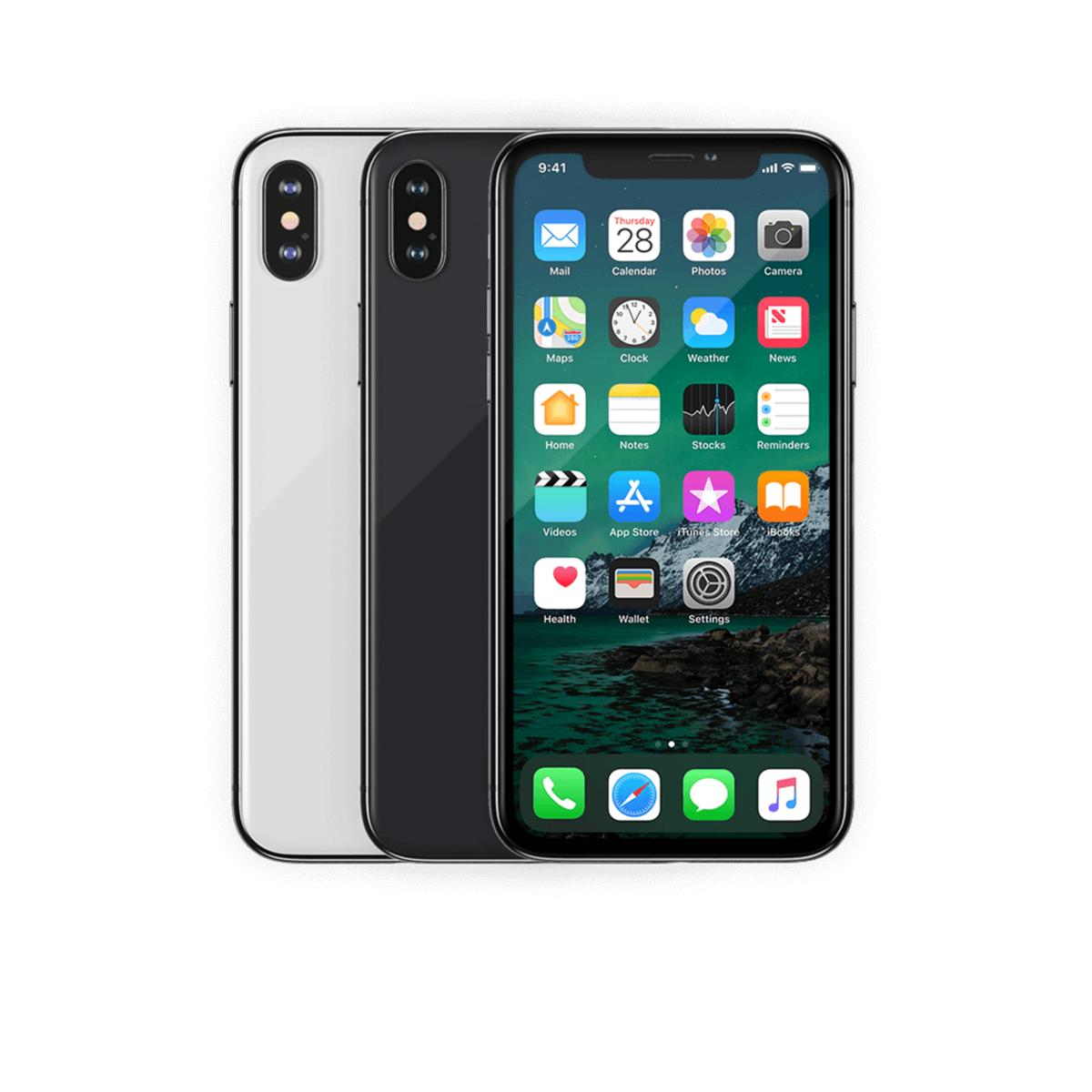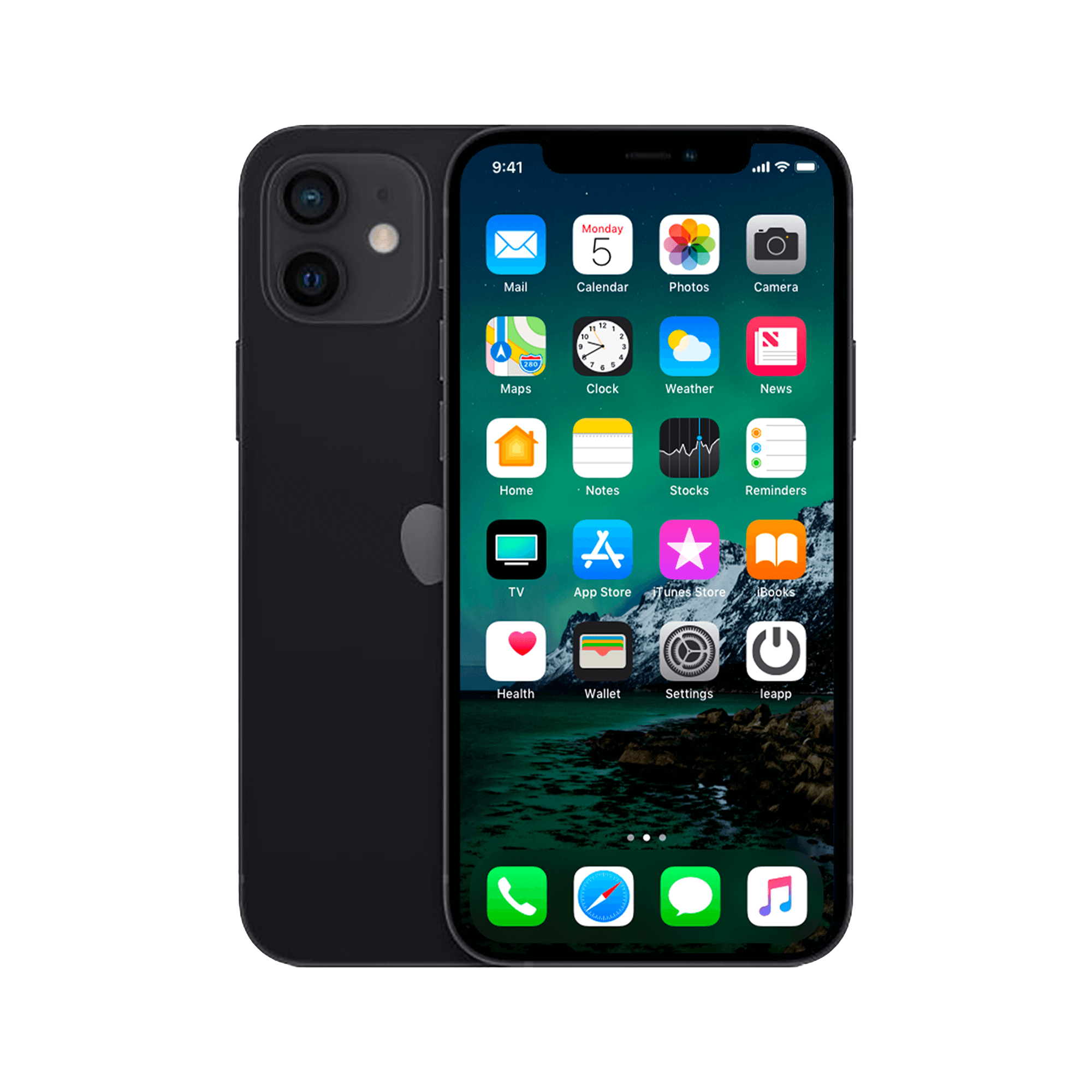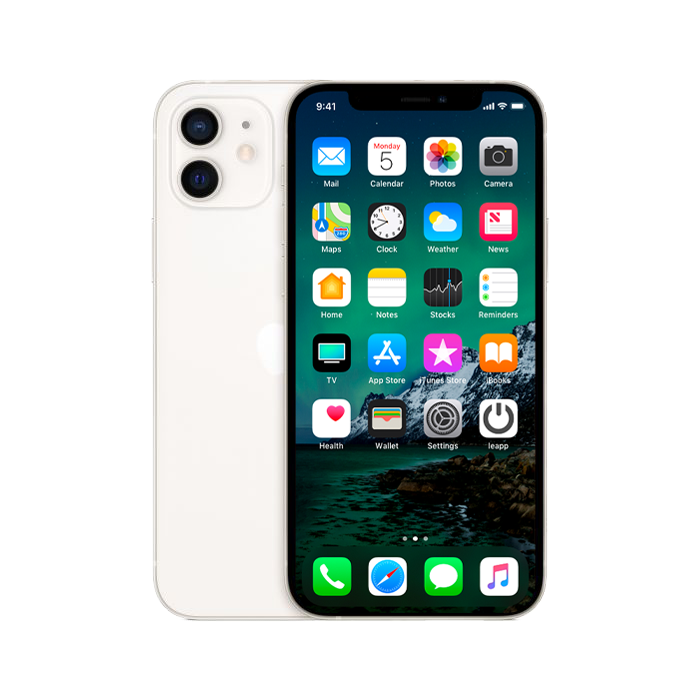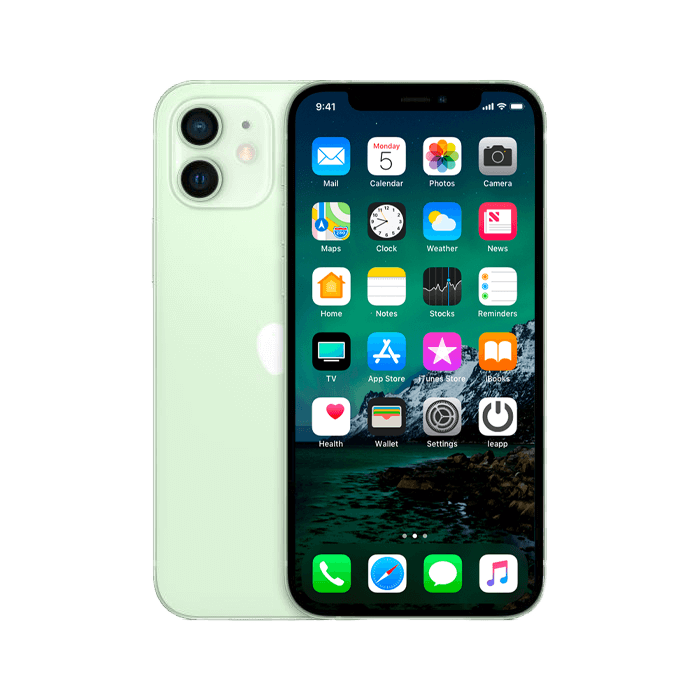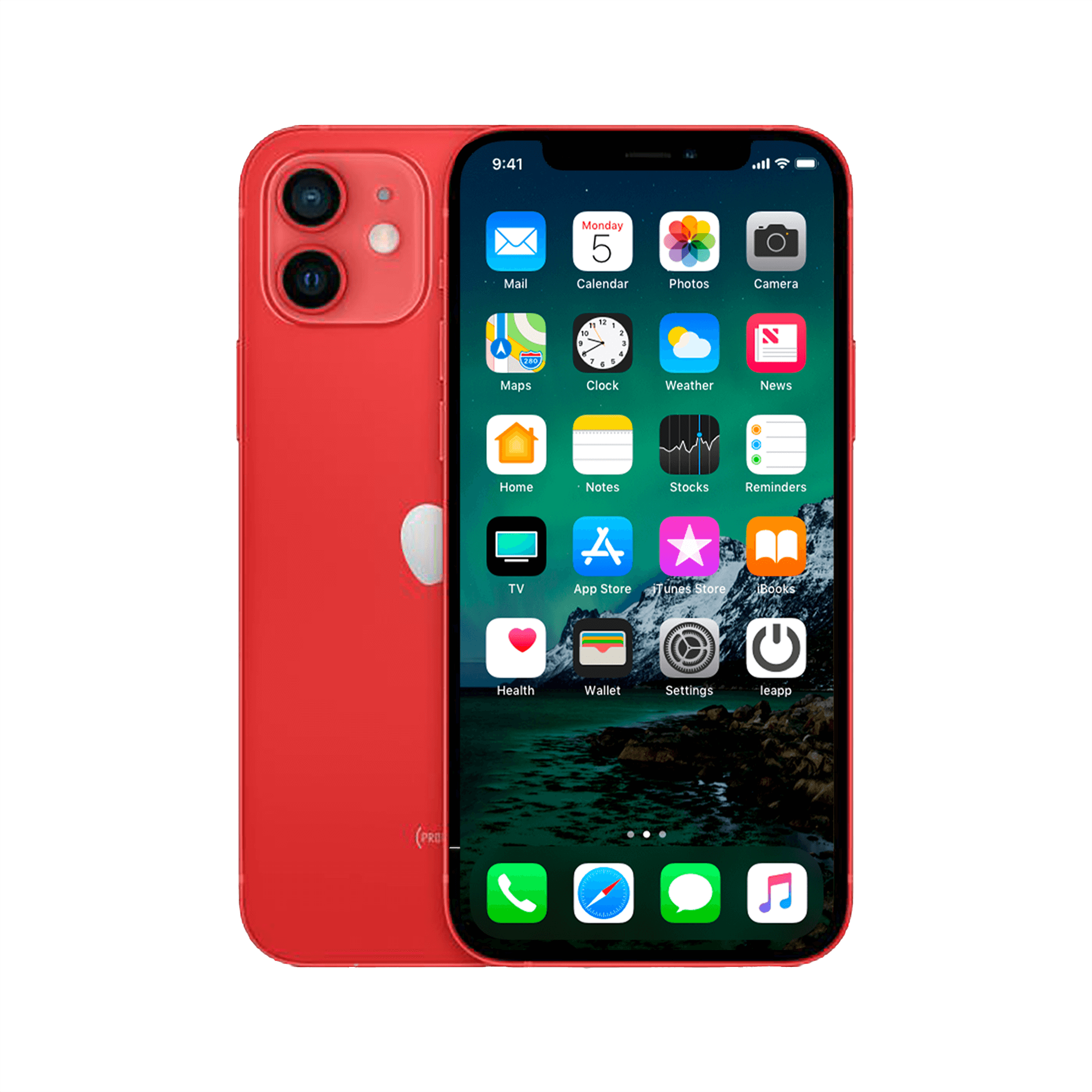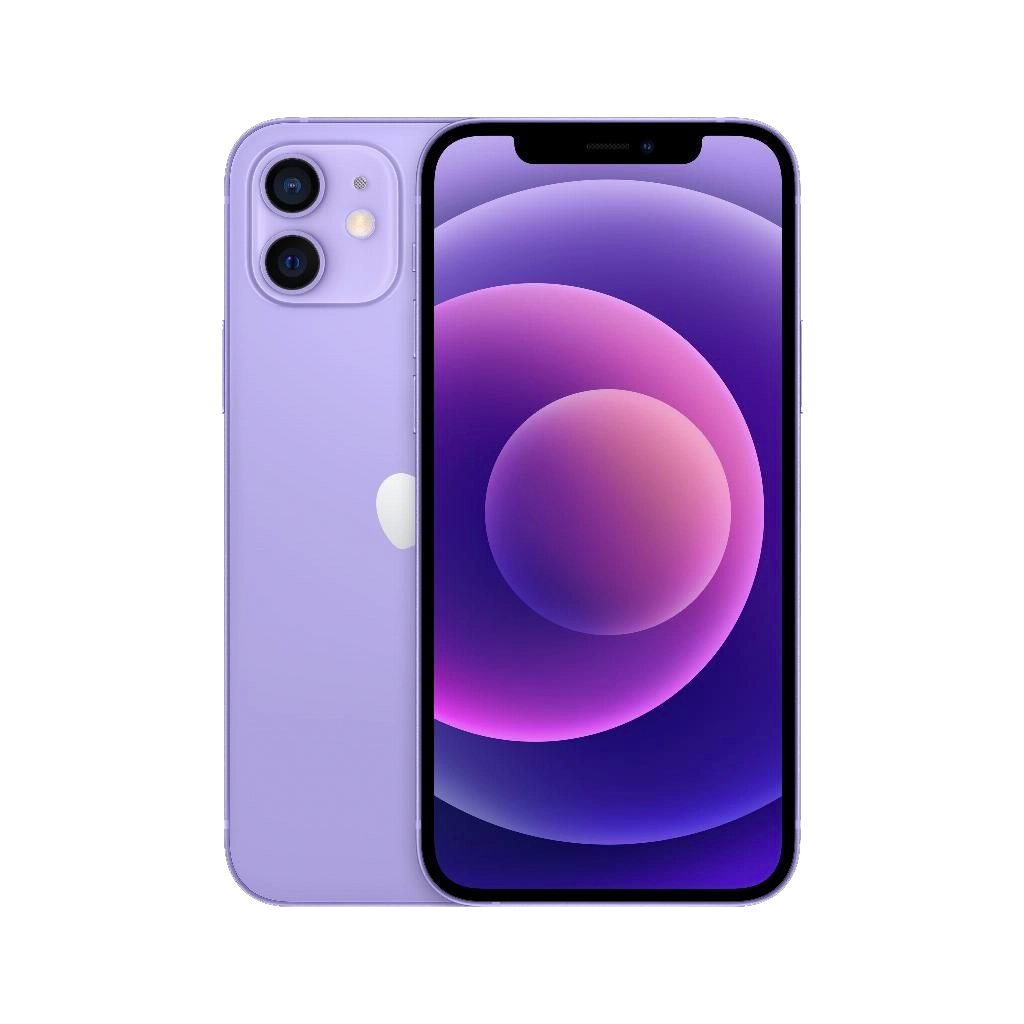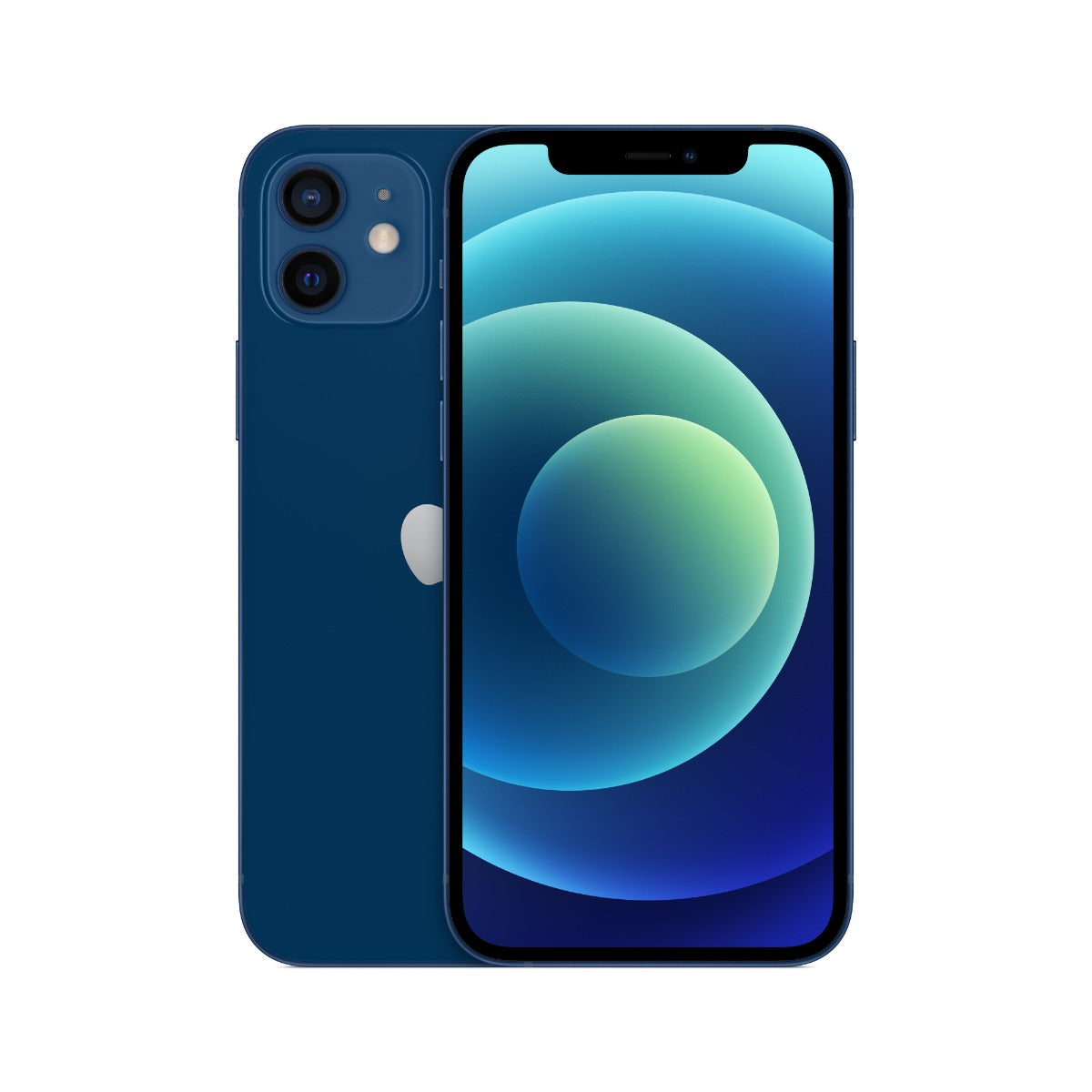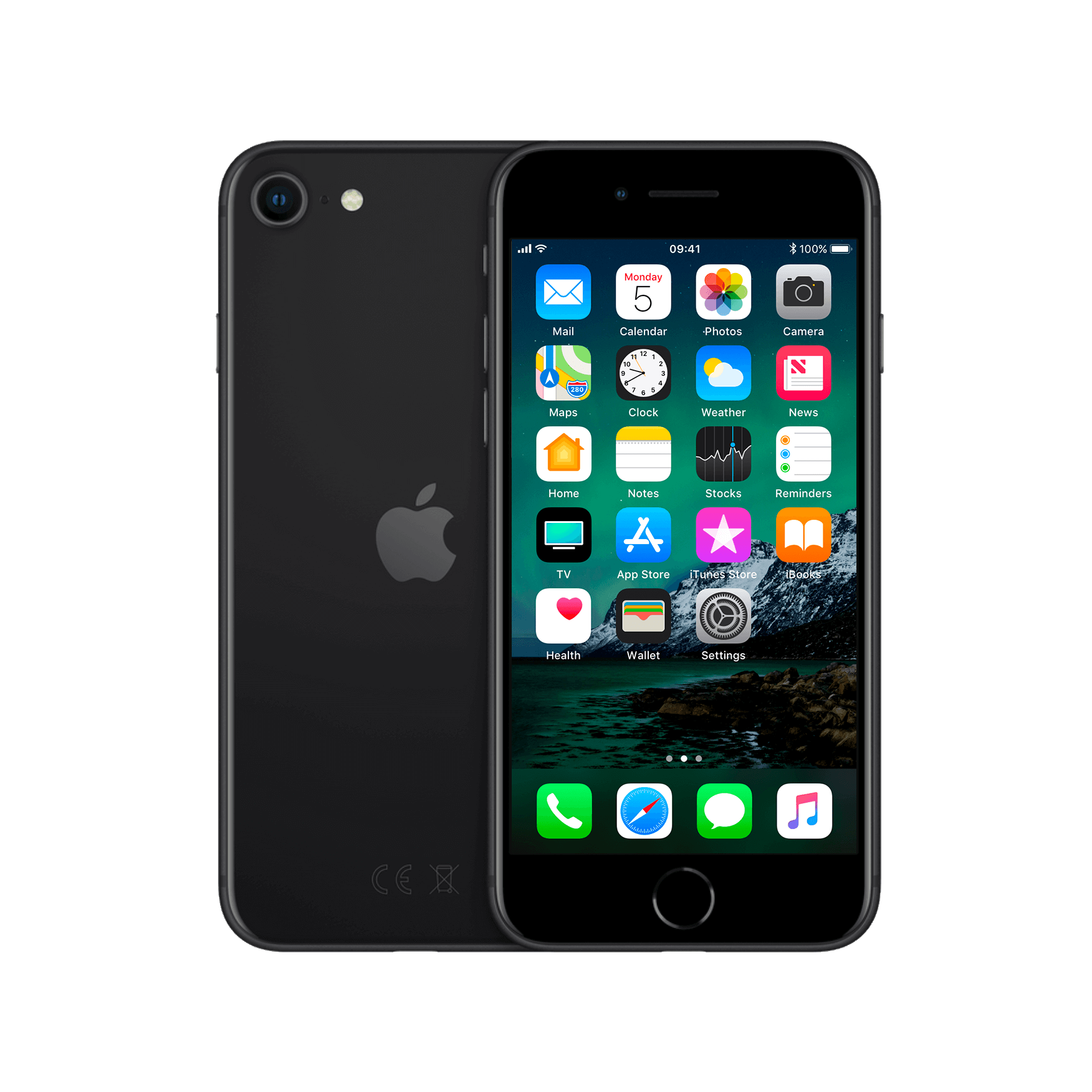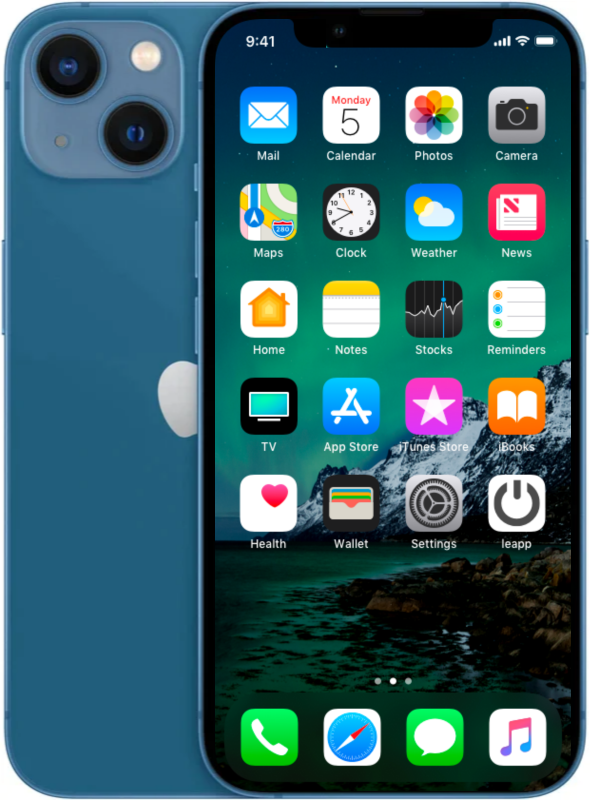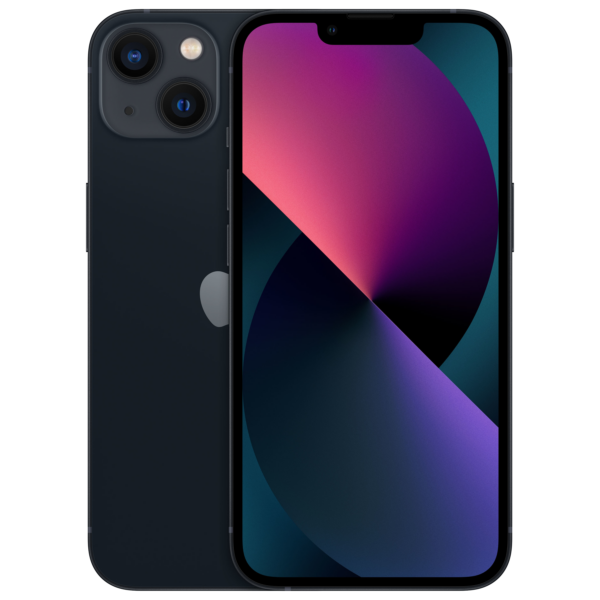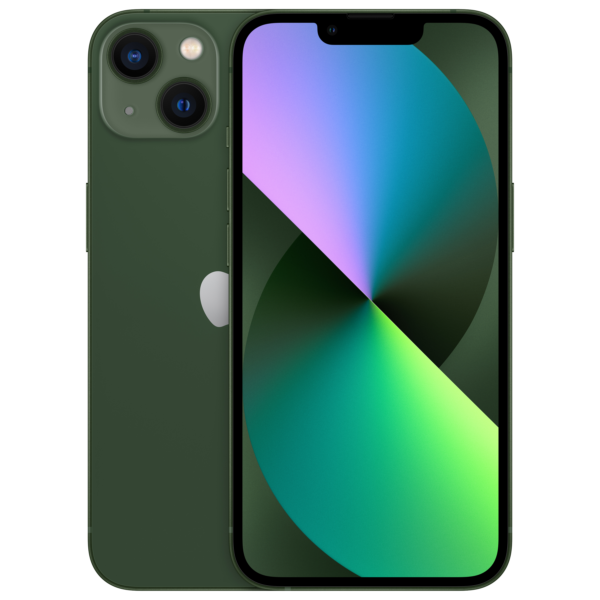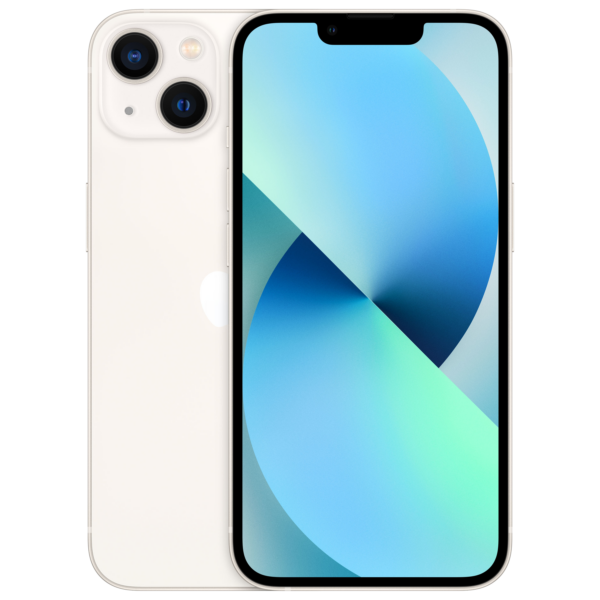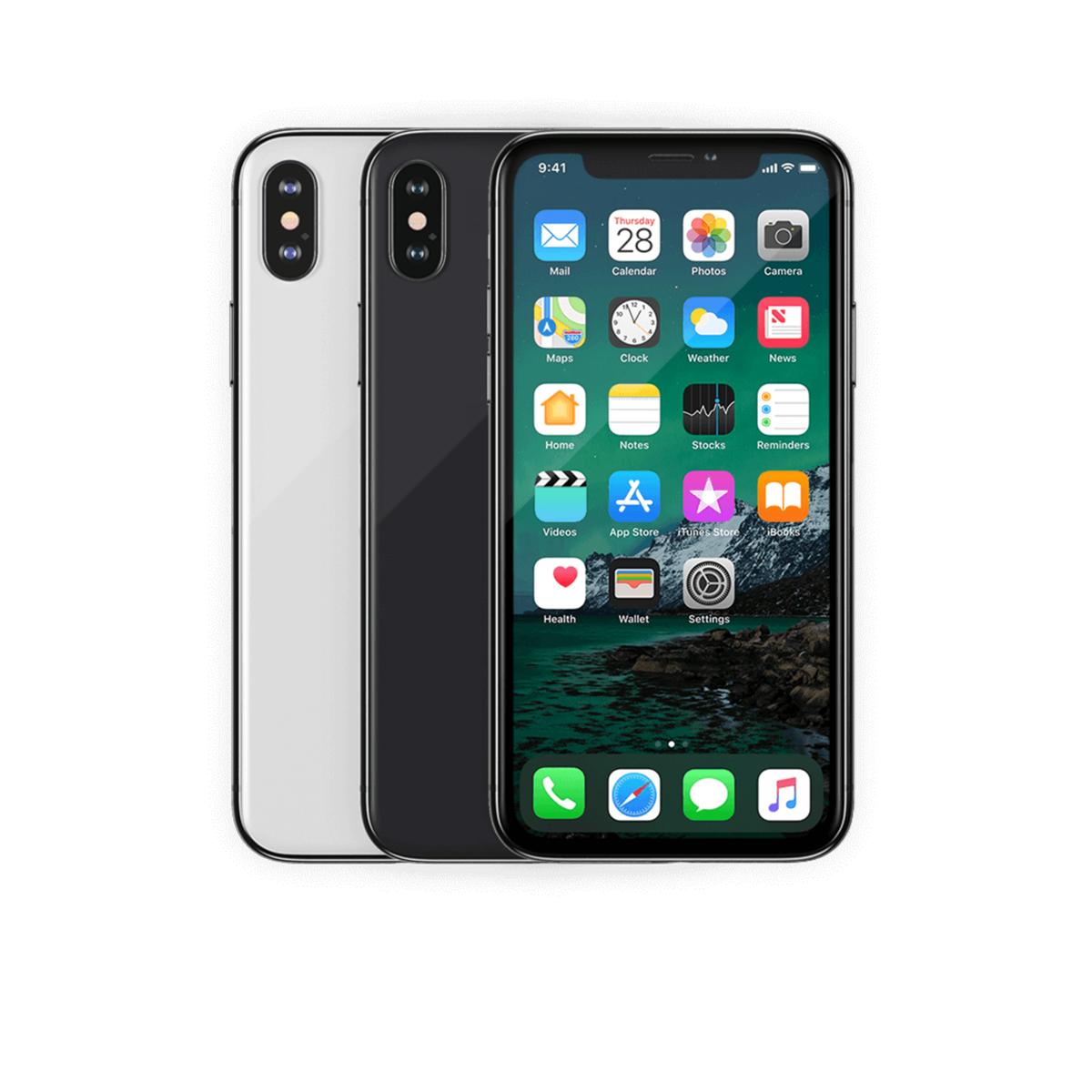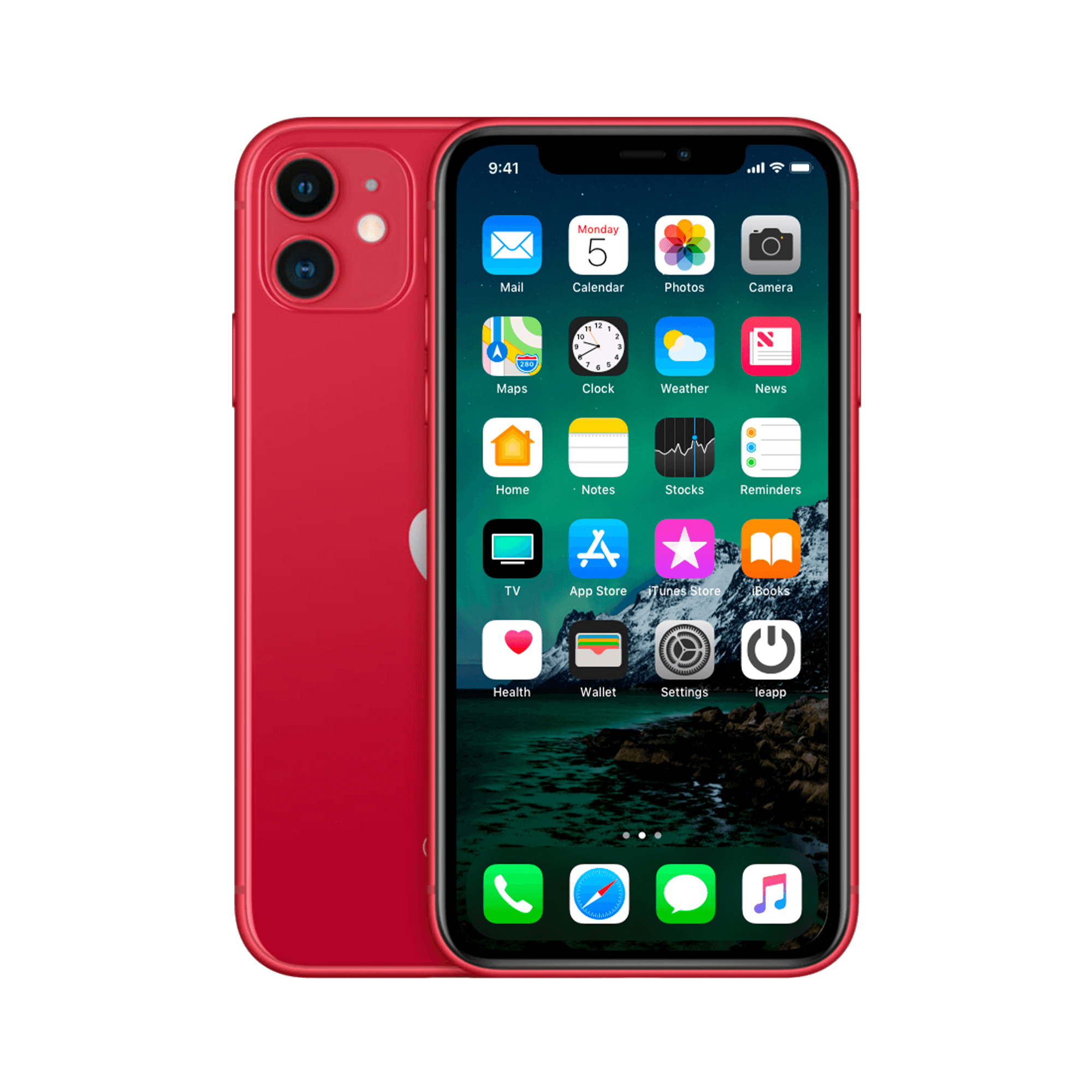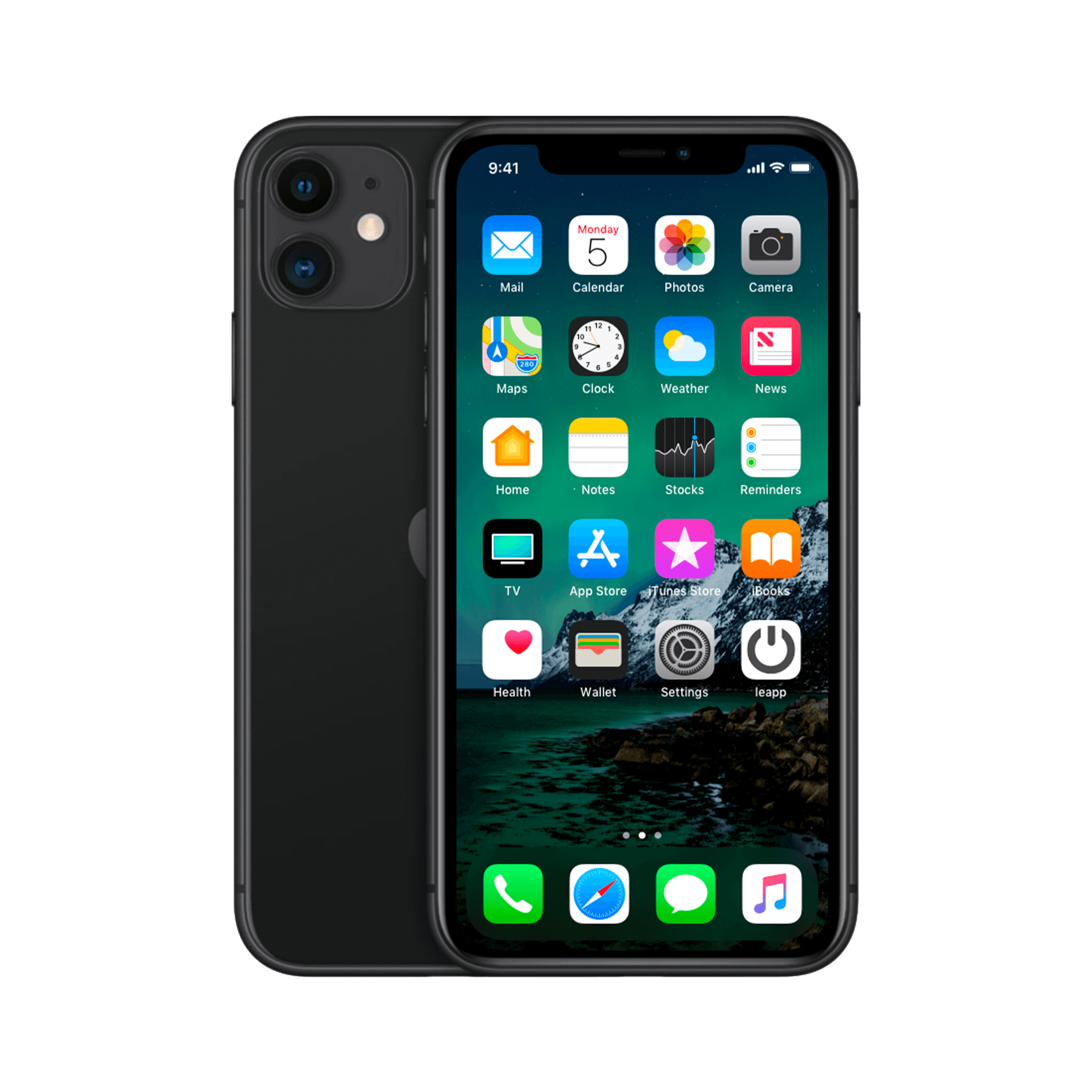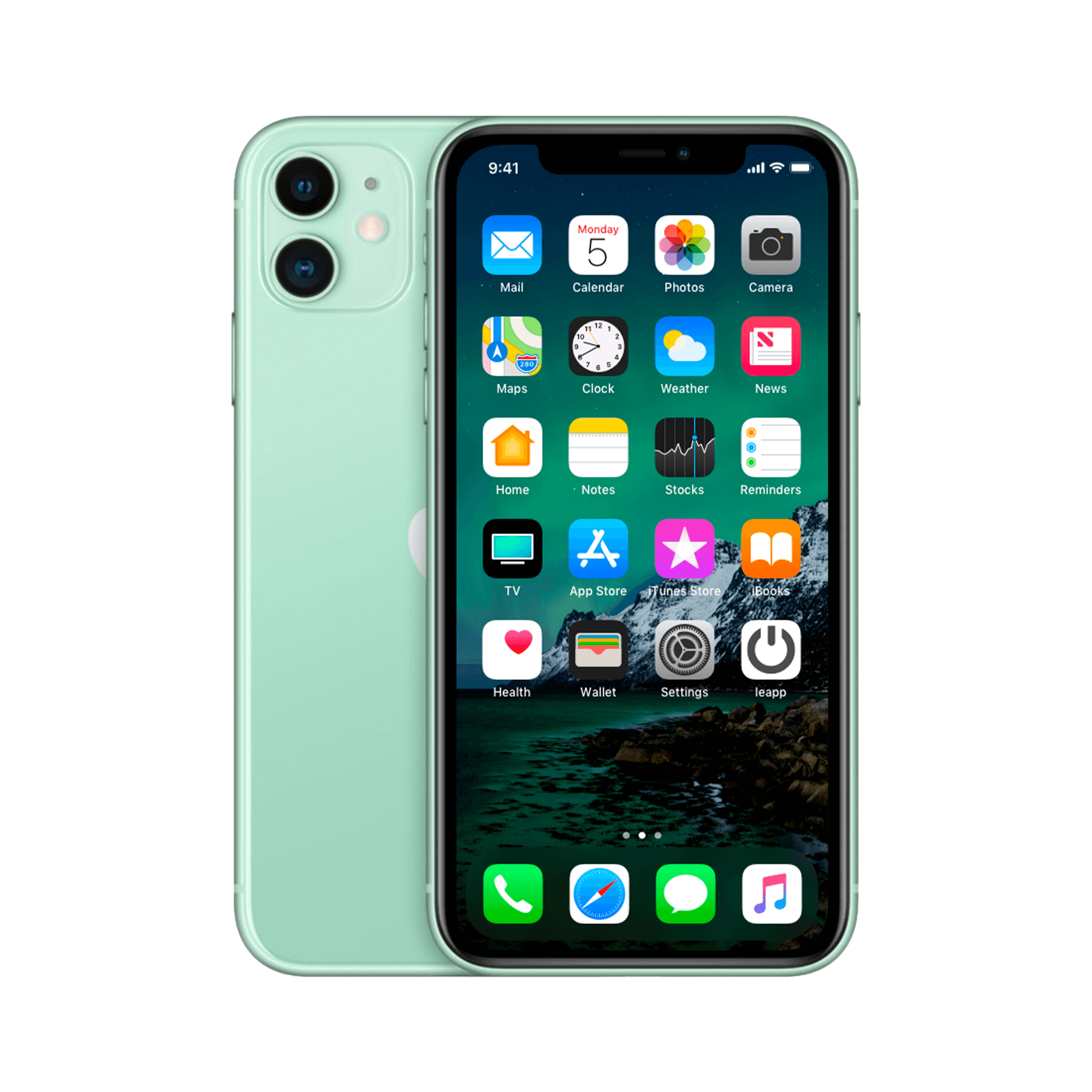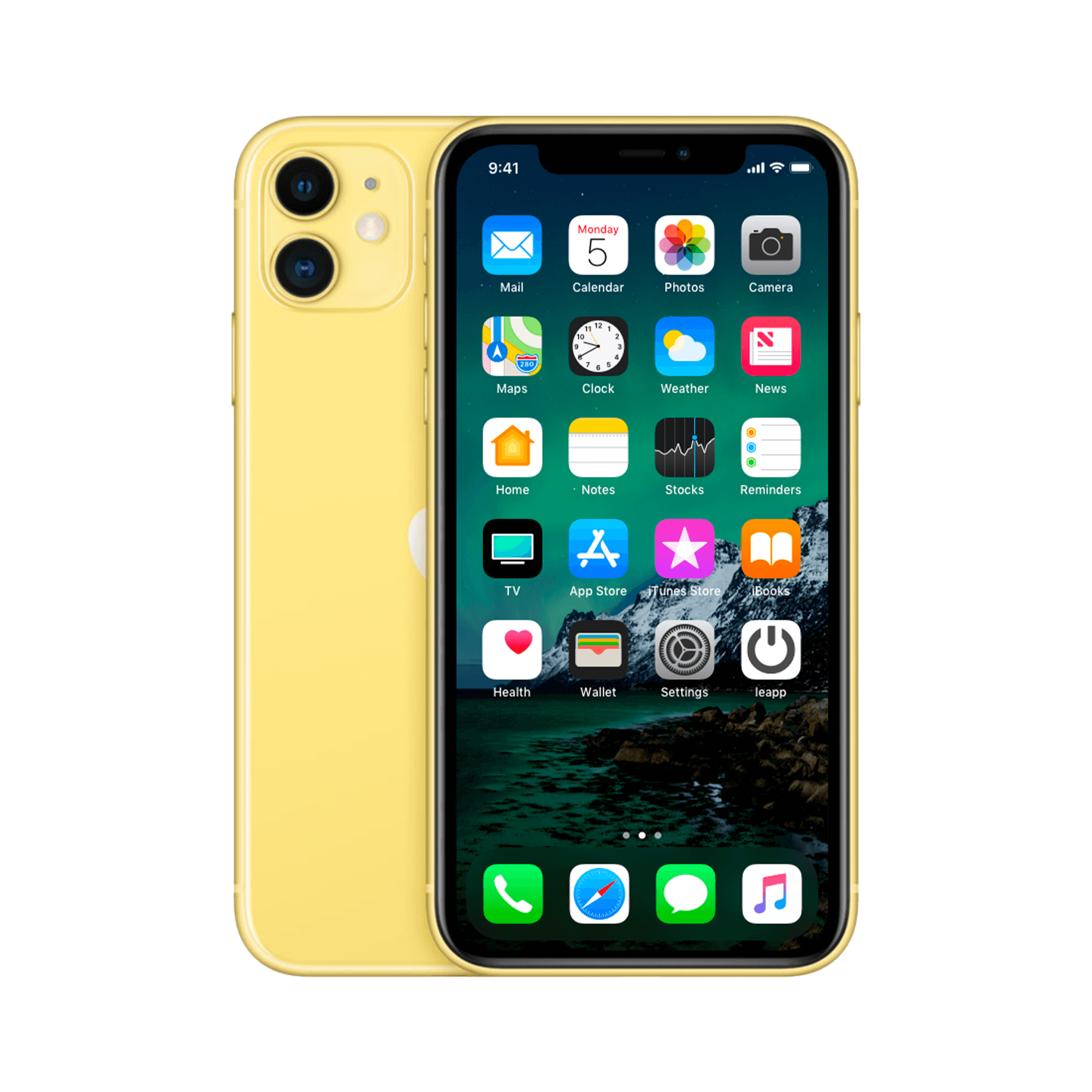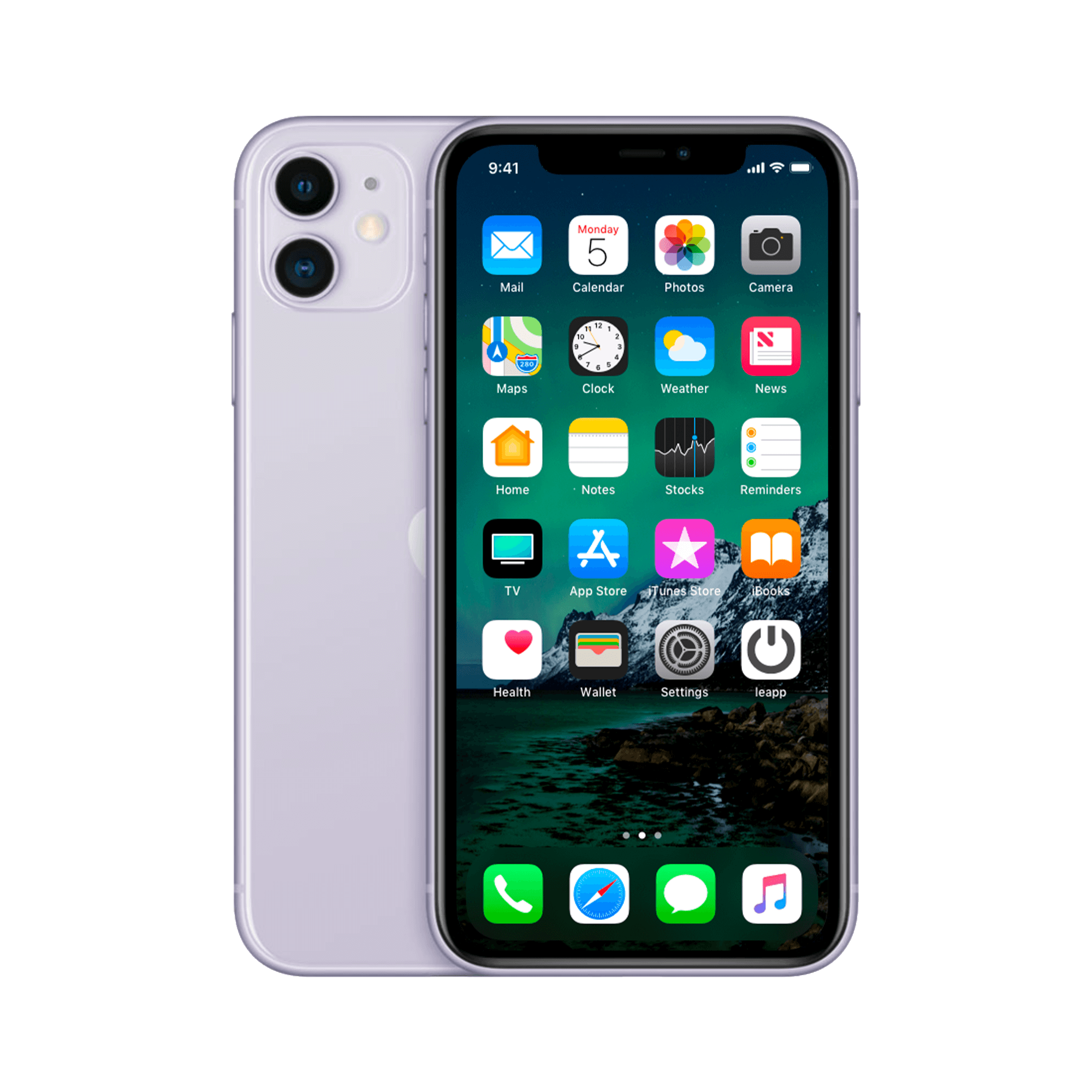AR on your iPhone: possibilities and challenges
Augmented Reality (AR) apps on your iPhone add an extra layer to the world around you. Scan your surroundings and see digital information and objects seamlessly integrated. It seems like science fiction, but it's now a reality. However, while AR is becoming incredibly popular , with applications ranging from gaming to shopping and education, we must also consider the potential downsides. Because while an AR experience feels magical with the right iPhone accessories , such as a sturdy iPhone holder or perhaps even futuristic AirPods for optimal sound , this technology also raises questions. What about our privacy when apps constantly scan our surroundings? And aren't we making ourselves too dependent on all these digital tools? Let's take a sober look at both the pros and cons of AR, the revolutionary technology that blurs the line between real and virtual.
Useful links:
What is augmented reality?
Augmented reality (AR) is a technology that enhances the physical world with digital elements. Virtual objects, information, and animations are seamlessly integrated into the real environment. This contrasts with virtual reality (VR), which fully immerses you in a simulated world.
AR uses the camera, sensors, and powerful software of devices like smartphones, tablets, and special AR glasses. The goal is to enhance and enrich reality with additional layers of digital content.
How does AR work in practice?
The operation of AR can be summarized as follows:
- The AR device scans the environment and recognizes specific markers, such as images, QR codes or GPS coordinates.
- The software accurately determines the position and orientation of the device relative to the real world.
- Digital elements are projected over reality in exactly the right place and displayed on the screen.
For example, you can use your iPhone to scan the street and see real-time information about shops, restaurants, and attractions. Or point the camera at a piece of furniture and immediately see how it would look in your own interior.
Applications of augmented reality
AR has countless useful and exciting use cases, including:
- Navigation : Apps like Google Maps use AR to display digital directions and directions directly on the smartphone screen.
- Product visualization : Stores and brands use AR to let customers try on items virtually, without physically touching them.
- Education : Educational institutions are making teaching materials more interactive and engaging using AR, for example when exploring the human body.
- Entertainment : Think of immersive games like Pokémon GO where players have to catch virtual creatures in the real world.
- Industry : AR streamlines complex processes, such as machine maintenance, by projecting step-by-step instructions.
The other side of the AR coin
While AR offers many benefits and convenience, there are also some potential drawbacks and risks to consider:
- Privacy: Because AR devices constantly scan our environment, there is a risk that sensitive data and personal information can be collected without permission.
- Dependency: The more we become accustomed to and rely on AR, the more vulnerable we may become if the technology fails or becomes unavailable.
- Cost: Especially advanced AR hardware such as special glasses can be quite expensive, which limits accessibility for the general public.
- Distraction: The temptation to constantly stare at a screen for information can come at the expense of genuine interaction and experience.
It's therefore important to use AR consciously and responsibly. Enjoy the magical possibilities, but don't lose sight of reality. With the right balance, AR can enrich and simplify our lives, without losing sight of the human dimension.
The future of augmented reality
While AR is already impressive and versatile, we're likely only at the beginning of its development. As the technology continues to evolve and refine, its applications will only increase.
AR is expected to become a permanent fixture in our daily lives, from working and shopping to learning and relaxing. It's only a matter of time before AR becomes as ubiquitous and indispensable as the smartphone is today.
But before we get to that point, we as a society must also thoroughly investigate the ethical and social implications and make agreements about responsible use. Only then can we optimally benefit from this fascinating innovation.
In short, the future of augmented reality looks bright, with a world of new possibilities on the horizon. A future in which the lines between real and virtual are increasingly blurred. A future you can already grasp with your iPhone.
The Future of AR: Balancing Innovation and Awareness
Augmented reality is a fascinating technology that will forever change our perception of reality. Whether it's convenient navigation, interactive product demonstrations, or innovative AR accessories —the possibilities are endless. But before we fully surrender to this digital magic, it's wise to also consider potential downsides such as privacy risks and dependency. The future of AR looks promising, but it demands well-considered choices. So that we can soon fully enjoy a protected iPhone experience , while preserving our humanity.


